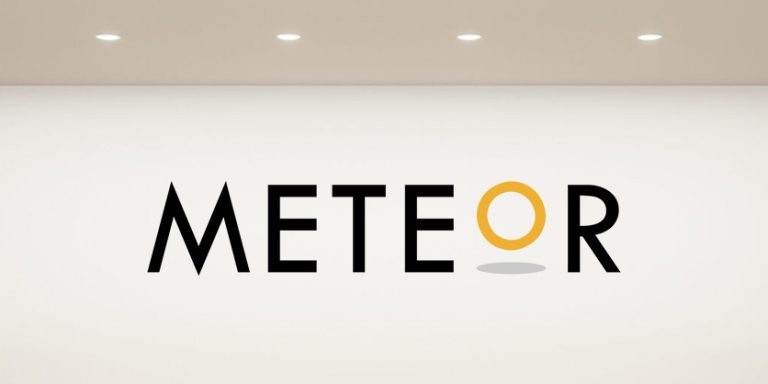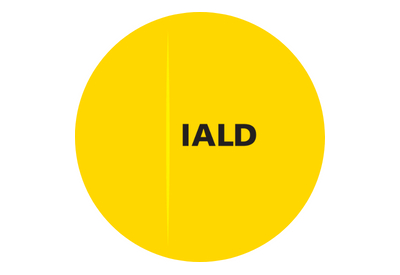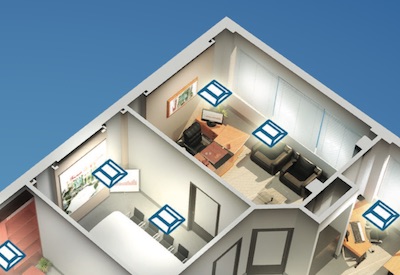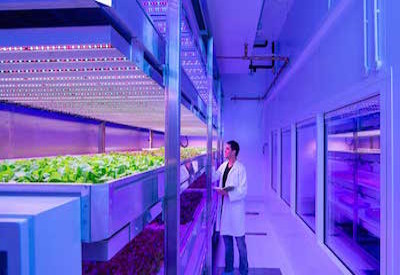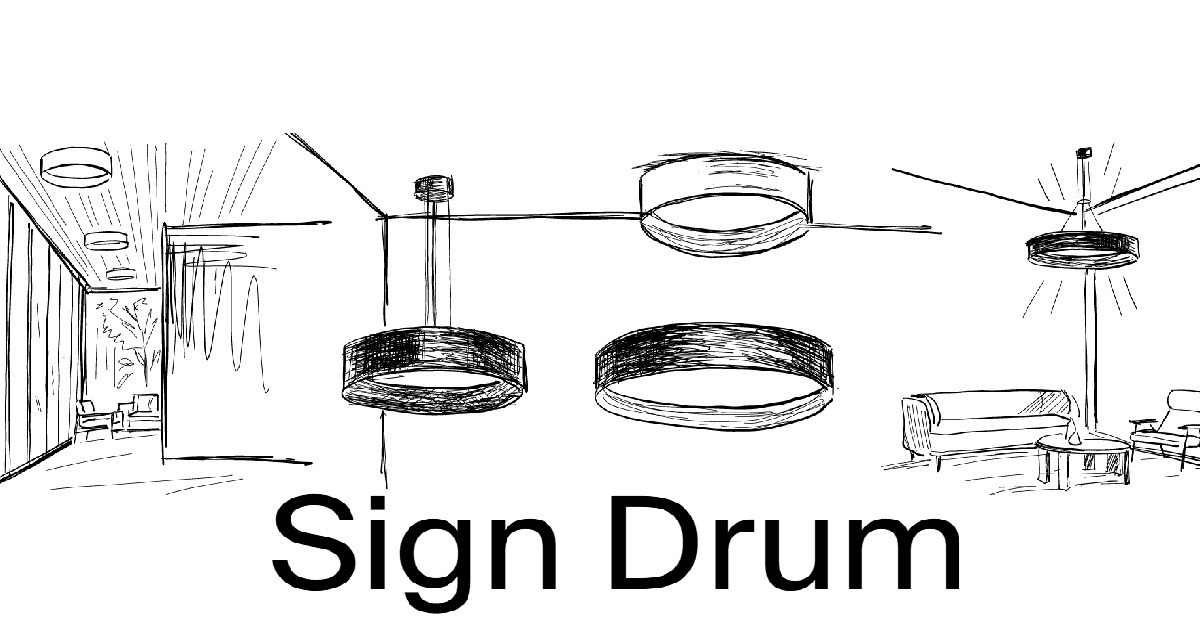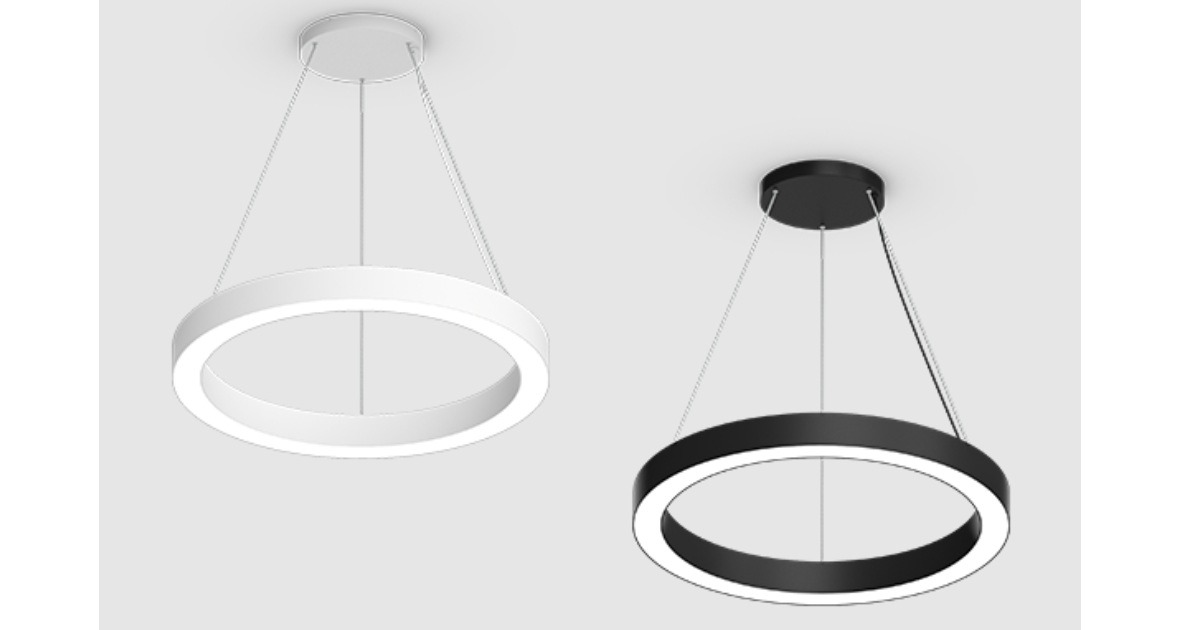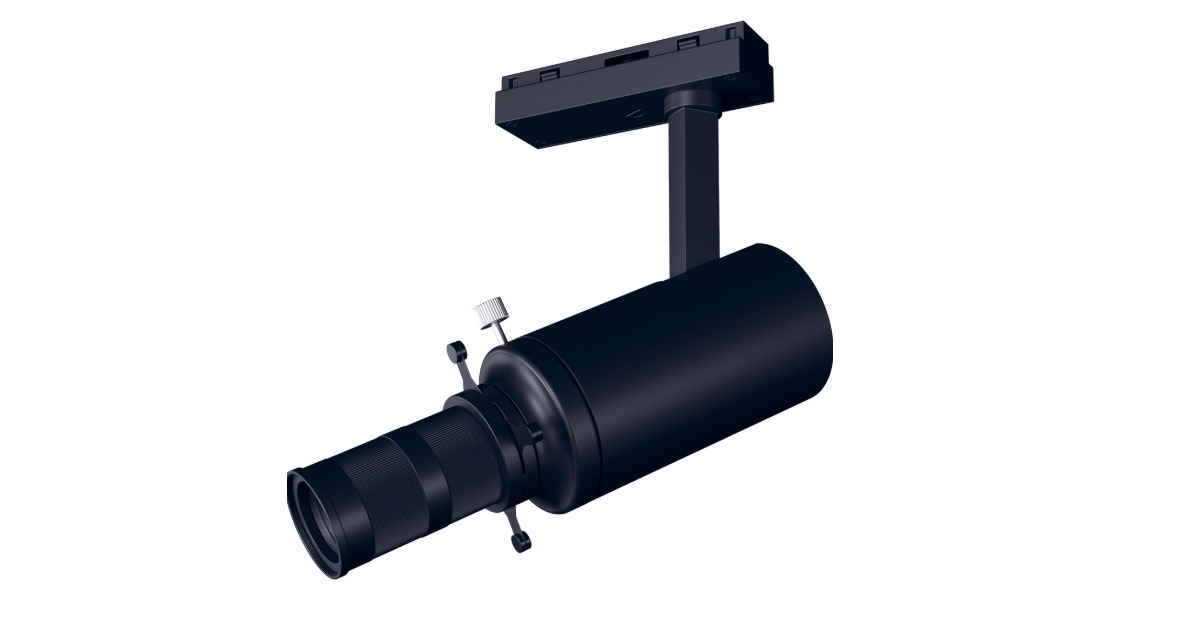14 Strategies to Save Up to 70% in Energy Costs Using the Latest in Warehouse Lighting… and More (Part 1)
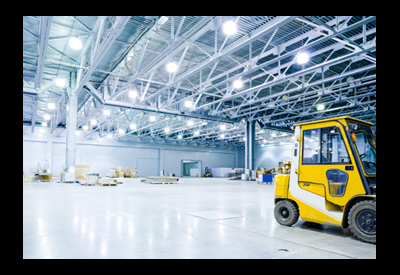
There is no place for poor lighting in warehouses or distribution centres. These facilities support a variety of important tasks from picking and packaging to shipping and receiving, light assembly and even office work. Since multiple functions are often performed in the same area, lighting takes on even more significance because of the need for different light levels.
Warehouse managers are looking for high quality levels, but at a much lower cost. Now there is a way to benefit from technology advances to ensure the most effective lighting while also providing immense energy savings.
Today’s advanced lighting control offers the following:
• energy savings of up to 70%
• flexibility in scheduling lighting operation
• improved lighting quality and increased occupant satisfaction
• ability to track energy costs and savings in real time
• ability to control lighting on-site or remotely from a web-based interface, like a smart phone or wireless computer
It is also possible to combine lighting control with the ability to manage other power sources for even greater returns, as we will see later in this paper.
Lighting control has a tremendous capacity for saving energy and money in commercial buildings. About US $200 billion is spent globally on lighting energy each year, around half of which comes from commercial buildings. And yet, much of that energy is still wasted — lights are left on in unoccupied areas and rooms are consistently over-lit, even when technology tools exist to solve these problems.
A common misconception of a “lighting control solution” is that it is simply an occupancy sensor, turning the lights on and off in a single room. And while this can certainly save energy and money, it’s just the simplest of many control strategies designed to provide more intelligent, sustainable buildings. Today’s lighting control systems have moved beyond the standalone occupancy-based products to provide true system-level control over lighting. If properly applied, the result can be tremendous savings, better occupant comfort, improved building management, and more.
Only by utilizing technology that is intelligent, networked, wireless and open can lighting control solutions provide the most comprehensive savings and control.
This two-part series describes 14 distinct control strategies enabled by today’s most advanced lighting control systems, and discusses the technology attributes that are required in order to take advantage of these strategies. The first seven are presented here.
Types of lighting control systems
There are a myriad of lighting control technologies, systems, and components on the commercial market. Generally, though, lighting control can be divided by capability into room-based control, and “advanced” or networked control. For the purposes of this paper, we can further divide the advanced category into “traditional” advanced systems – wired and proprietary – and the new generation of open, wireless control. As we will show, these distinctions are more than academic – they represent substantial differences in capabilities and potential savings.
• Room-based control: most lighting control installations today still fall into the category of room-based control. These solutions are not true lighting control systems, but rather individual components that provide a single lighting control strategy. As an example, an individual occupancy sensor can be connected via low voltage wiring to a set of light fixtures in a room, and this process can be repeated in the next room and so on. The result is to add automated occupancy control to each of those rooms, individually. The same process can be repeated with other control components.
• Centralized control: the next step up in capabilities is a centralized control system – for example, a lighting panel or a Digital Addressable Lighting Interface (DALI)-based solution. In these systems, each lighting element (sensors, wall switches, fixtures, etc.) is hard-wired back to a centralized controller, panel or computer. In other words, lighting in these solutions is controlled as a system or network. These systems typically combine a discrete set of control capabilities (or “strategies”) such as scheduling, occupancy, daylighting, etc., and provide a physical interface for controlling any device hard-wired to the panel. Such systems are often proprietary, with a single vendor providing both the controller and the devices being controlled (which are only compatible with each other).
• Next generation control: the next generation of control systems builds upon the advantages of advanced control but removes the limitations. Wireless networking enables larger-scale systems with control that can be accessed from anywhere, and adjusted without physical wiring. Open standards eliminate the restrictions of proprietary systems, enabling a single control system to utilize control devices from a variety of vendors. Integration with non-lighting products enables savings that go beyond lighting, into areas such as HVAC and plug loads. The result is an even more comprehensive set of energy monitoring and management tools, with centralized control.
Advantages of advanced control
In short, more advanced control equates to greater financial savings. Each individual control strategy brings savings; when applied together, though, these savings stack up. For example, while a room might reduce lighting energy usage by 30% through occupancy sensing, that same room could save 60% by using occupancy sensing, daylighting and scheduling at the same time. And several control strategies can only be implemented with an advanced, networked system, making such systems a requirement in order to realize the greatest savings.
Savings from lighting control can come from several sources. The primary source is reduction in energy usage. The purpose of the most commonly adopted control strategies (occupancy sensing, scheduling…) is to eliminate unnecessary lighting, thereby reducing energy usage and saving energy costs. Savings in some advanced systems can also come from other sources as well; for example, by reducing lighting maintenance requirements or reducing the time and labour associated with managing lighting. And of course, government and utility incentives tend to reward greater energy reduction, providing even more savings.
Savings from lighting control systems are also not static; they change over time. With more basic installations, energy savings tend to shrink over time, as the original design of the solution diverges from the current needs of the building and its occupants. More advanced systems can “self-correct” or adapt to retain value over time. And the most intelligent systems can actually improve their value over time, by automatically recognizing potential areas of energy savings and improvement. Finally, open standard systems offer the ability to add new capabilities in the future that go beyond lighting, for even greater value over time. These applications will be discussed later in this paper. The intelligence of advanced control systems provides other benefits that basic control cannot offer, above and beyond simple financial savings:
• greater centralized control. For many building owners and operators, gaining centralized control and visibility over their lighting and other energy loads is a benefit in itself, offering better management and reporting.
• occupant comfort. The most intelligent lighting control solutions enable lighting that automatically or manually adapts to each occupant’s needs, for greater comfort and productivity. balancing savings with comfort is a critical function that requires an adaptable system.
• green certifications. Advanced control systems can provide valuable points and credits towards LEED and other similar programs, above and beyond the credits that basic control offers.
• regulatory compliance. Regulatory measures such as ASHRAE 90.1 and California’s Title 24 are increasingly requiring more advanced lighting control measures. Over time, basic control technology will no longer be sufficient to meet building codes.
Below, we will detail all of the common energy-saving lighting control strategies available today, as well as several emerging strategies and those that extend beyond lighting. These are organized generally from most common to most innovative.
Common lighting control strategies
These strategies form the core of most lighting control systems.
1. Dimming. Although not always considered a true control strategy, dimming technology is utilized in several other strategies. Many lighting power supplies (e.g. ballasts, LED drivers) enable fixtures to be dimmed. Dimming the light to a fraction of its brightness will also use a fraction of the energy, allowing for many of the following strategies to reduce energy usage. The exact relationship between the brightness and the power used depends on the unique profile of the power supply. In its simplest form, dimming fixtures are paired with a dimmer switch, for manual dimming control. Dimming capabilities vary widely, from step functions up to full, smooth control over precise light levels.
2. Occupancy sensing. This is perhaps the most common of all lighting control strategies. A motion sensor (also known as an occupancy sensor) detects movement within its field of coverage, using Passive Infrared (PIR), ultrasonic, or other sensing technologies. Based on movement detection (or lack thereof) for a pre-defined period of time, lights can be automatically turned on or off. In this way, lights can be automatically turned off when a space is not in use.
More sophisticated control solutions allow occupancy settings (such as on/ off levels, time delays, etc.) to be dynamically set or changed based on time, location and other inputs. Occupancy sensors can be built as stand-alone devices, or integrated directly into wall switches, light fixtures, furniture and more.
3. Scheduling. Scheduling is another method of eliminating unnecessary lighting usage when building occupants are not present. Most centralized lighting control systems provide some form of lighting schedule, the simplest example being a system that automatically turns off the lights after work hours. This is a “brute force” method of reducing energy usage, but can be effective. Some systems allow local user override of the schedule (via a wall switch), and the more sophisticated systems can create more complex schedules that alter other strategies based on time of day, day of week, time of year, etc.
Advanced lighting control strategies
These strategies are not as commonly used as those above, but are becoming more widely available.
4. Daylight harvesting. Also known as Daylighting, this is the practice of automatically reducing artificial light levels when ambient daylight (from windows, skylights, etc.) is available. Daylighting systems typically utilize a photocell sensor (though alternate sensor technologies do exist), which measures ambient light. Based on the reading from the sensor, an algorithm will determine the appropriate level of artificial light, or whether the lights can be turned off altogether, and the control system will take action. A properly-designed daylighting system can provide substantial savings in window-facing areas.
Daylighting can work effectively with both dimming and non-dimming lighting, and like occupancy sensors, photocell sensors come in a variety of forms and can be integrated into other products. A similar concept is commonly used in outdoor lighting, where integrated photocell sensors automatically switch lights on at dusk and off at dawn.
5. Task tuning. This strategy goes under several names. The core concept is to reduce the maximum light output of each individual space to precisely meet occupant needs. Because light levels are often over-designed, or made consistent across a building despite the different needs of occupants, many spaces are over-lit. Some control systems offer the capability to create lighting zones and determine a “tuned” maximum light level that is lower than 100%. As an example, an occupant working with a computer monitor all day may not need the designed light level, and their area could be tuned so that the maximum level is 70%. The related concept of Lumen Maintenance stems from the fact that most lighting experiences a slow depreciation of light output over its lifetime. In this scenario, light levels are tuned down initially, but over time the control system slowly tunes levels back up to account for depreciation and maintain a constant output.
6. Demand response (DR). This strategy is less about saving money, and more about earning money – by reducing peak energy demand at key times, and being reimbursed by utilities to do so. A major goal of many utility companies is to better distribute their load, reducing the demand for energy at the times of highest demand (such as hot summer days). Lighting control systems can help by reducing lighting load during those times, in response to a signal from the utility. Some control systems offer Auto-DR technology: the ability to respond to a DR “event” and reduce light levels automatically. Demand Response utility programs vary widely, but some offer significant reimbursement (such as $300 / kW) for making a building’s load available for reduction.
7. Personal control. Various studies have proven the positive impact of a worker’s environment – and their control over that environment – on their productivity and happiness. It has also been found that when occupants are given personal control over lighting, their energy usage tends to be lower. Advanced lighting control systems can use various forms of personal dimming to provide this control, ranging from remote controls to desktop dimming switches to “virtual” switches online, on a desktop computer or on a phone.
Part 2 in this series, including strategies that extend a single control system beyond lighting, will appear in the August issue of Lighting, Specification & Design.
This article was reprinted with permission from Daintree Networks, Inc. The firm provides smart building control and operation solutions, the core application for the Enterprise Internet of Things (E-IoT). Daintree’s ControlScope is an open standards-driven control, monitoring, and optimization solution for facility, operations, energy, and sustainability professionals. Available either as an on-premise or a hosted solution, this solution includes lighting, thermostat, plug load, and general purpose control with data analytics for actionable decision support information. Find out more: www.daintree.net

